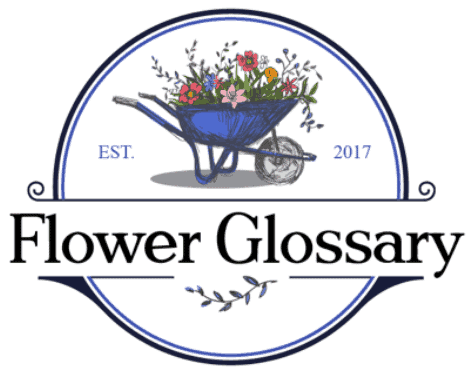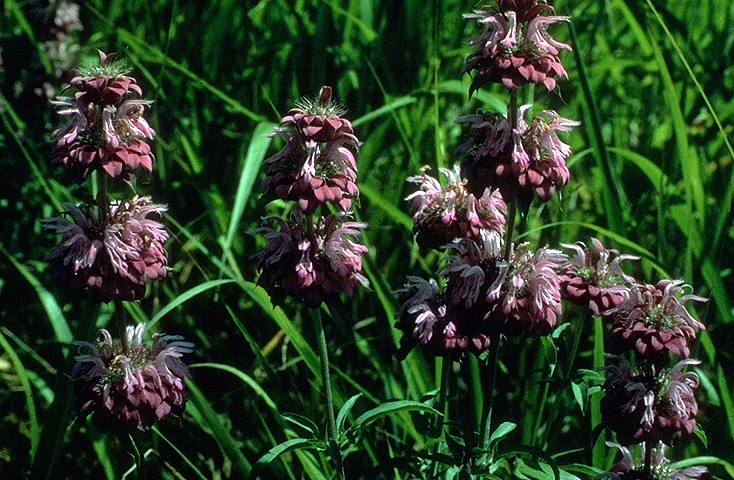Flower Glossary is reader-supported. When you buy through links on our site, we may earn an affiliate commission.
Depending on your region, different plants will flourish or struggle. If you’re in Wyoming, for example, you’re going to have a hard time getting fruit trees “started”. Once certain plants have reached their “cruising altitude”, they’re more likely to retain health with less attention. Below is our list of easy flowers and plants to maintain and grow.
Table of Contents
A Beautiful Garden That Stays Lovely All On Its Own
In hard climates, you’re going to have to use a lot of water for a long time—you may even want to install a sprinkler system. Even after that, the results may not be as nice as you had hoped. It could take twenty years, whereas in a temperate place, a good tree might start giving off fruit in just a few years.
It’s the same with flowers. More arid, dry, hot regions won’t be amenable to certain varieties of plant. Meanwhile, there are certain arid plants that aren’t as likely to be quite as you’d like them where the climate never cools.
There’s balance in all things, and to find the least difficult plants for your region, you’ll need to do a little research. Following, we’ll explore a handful of flowers that generally, in most regions, grow well and require very little attention.
The Simplicity Of Lemon Mint
Great for mojitos, Lemon Mint is an easy plant that you basically just seed and keep an eye on. For more insight, check out this article: Growing Lemon Mint…And De-Mystifying Its Many Names – Seed needs.
Euphorbia
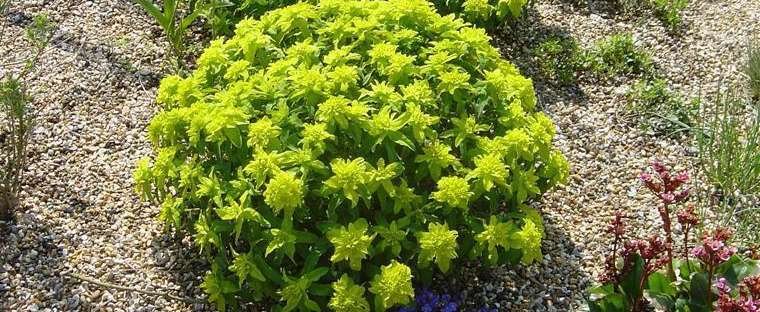
This is a perennial plant that is toxic to moles, and has been shown to resist the ravages of deer, enemies to gardens large and small. Additionally, Euphorbia resists slugs, and has a number of bloom varieties including gold, blue, and purple colors.
Anemone Blanda: Wildflowers

Called “low-growing florals”, and looking a bit like daisies, these particular wildflowers are good to plant under shrubs to give your garden texture. When bloom has completed, the leftovers gardeners come to expect from plants like Tulips are nowhere to be found, making Wildflower more “clean”, overall.
Tete-A-Tete, or “Dwarf” Daffodils

These are itty-bitty bulbs that, like Euphorbia, are toxic to moles—and mice, as it turns out. They’re a yearly flower that will come back, and so you can expect them to increase over time.
Peonies
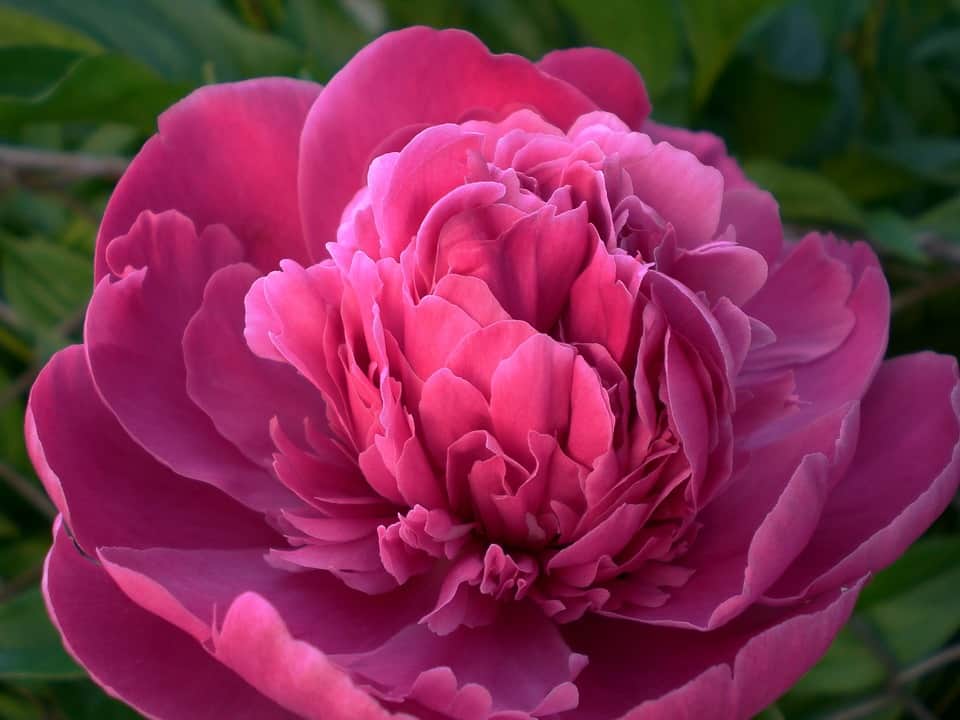
These flowers are easy to husband and will bloom long—even decades. Peonies are known to stand up to drought. Don’t worry too much about slugs, either. You might have to watch for the ants, but that’s not a big deal. Just give the flowers a soap-water dunk after you pluck them, any ants hitching a ride will make an exit.
Hydrangeas
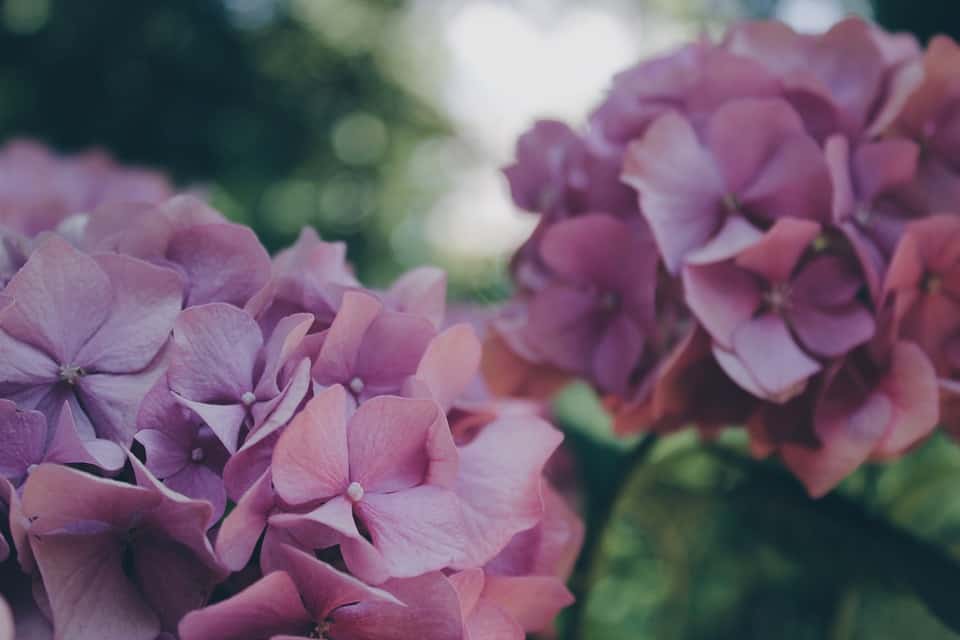
You might be familiar with these pink and purple flowers. They can even be grown in containers, helping gardeners achieve that sort of “country look” which so well compliments certain homes.
A Bluebell Takeover
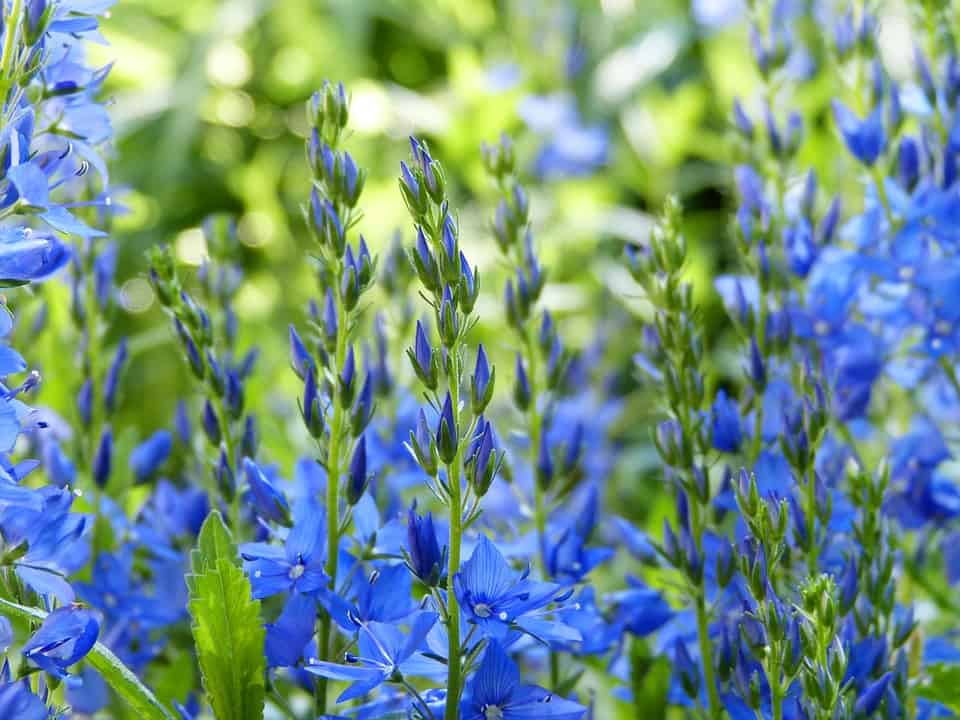
Bluebells are almost like weeds if you’re not careful. They can take over a garden—they “naturalize” by themselves. Especially if you’ve got a smaller garden, you may want to keep this in mind. Larger areas are to be recommended for Bluebells; they can “roam free”, as it were.
The Galanthus Nivalis, or “Snowdrop”
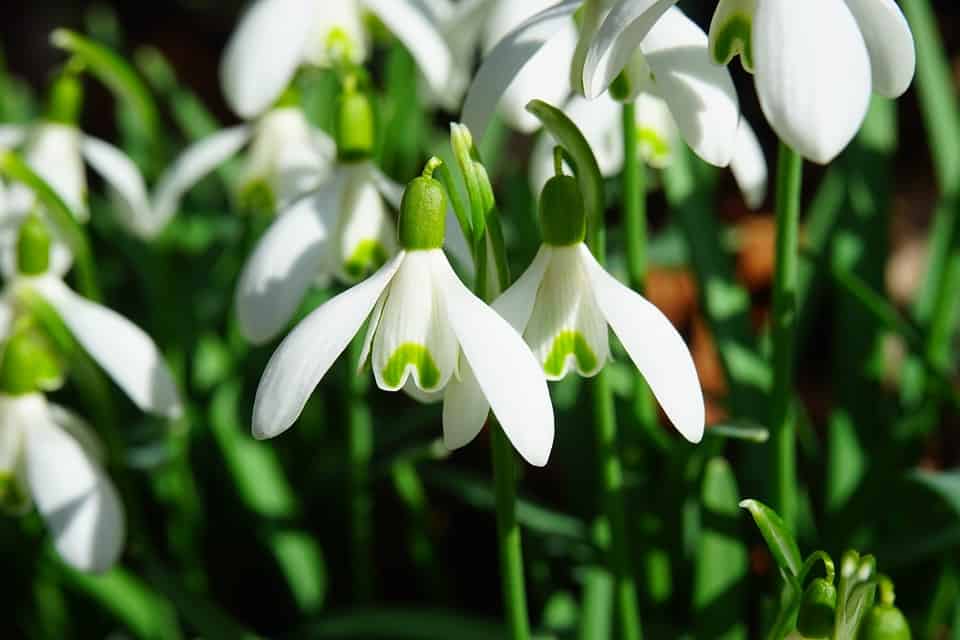
These may bloom as early as January, if you’re in the right climate. They tend to flourish under trees, and can be found in most woodlands.
The Beautifully Named Cleome Hassleriana, or “Spider Flower”
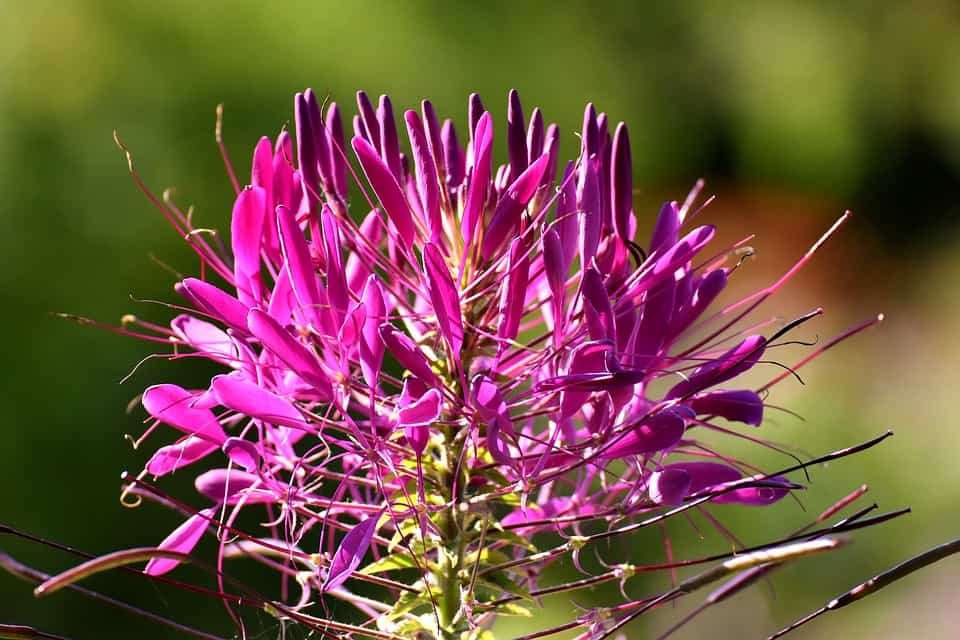 https://pixabay.com/photos/spider-flower-cleome-hassleriana-3520227/
https://pixabay.com/photos/spider-flower-cleome-hassleriana-3520227/
In a rare instance, the scientific name for these pink flowers is more attractive than the colloquial name. Spiders are good for a garden, but they’re still creepy critters! These flowers, however, are not.
They’re a self-seeding flower that’s got a spidery look. They grow quickly, and they can get as high as five feet. These flowers are great for desert climates with lots of sun, but they’ll do okay in a container, too.
Finding The Best Easy Plants For Your Garden
This article has primarily focused on flowers, but there are many other plants which are pretty easy to grow in many different climates. Find resources that can help you determine which best fit your geography, like the aforementioned Seed Needs. You might even augment your property for certain shady varieties of plant.
A DIY deck can be a great shady spot for certain woodland flora. Imagine a second-floor deck above a shady garden area, both facing the best vantage from your home. What you can achieve depends on what you’re willing to pursue. Start small, with plants that are easy to grow, and as you get the hang of it, bring your garden to fullest flourish.
